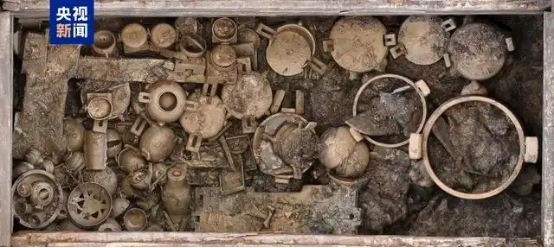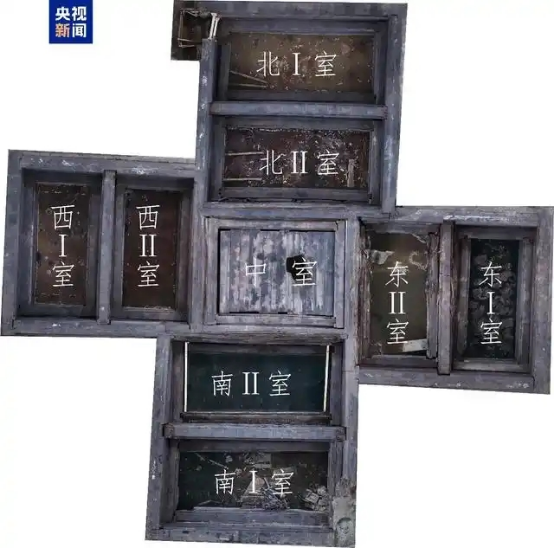Over 10,000 Cultural Relics Unearthed from Wuwangdun Tomb No. 1, Confirming the Identity of the Tomb's Owner as King Kaolie of Chu
On January 9, the Anhui Provincial Bureau of Cultural Heritage announced that the archaeological excavation of Wuwangdun Tomb No. 1 in Huainan, Anhui Province, has been successfully completed. More than 10,000 cultural relics (in sets) have been unearthed from the site. Through a comprehensive analysis of the tomb's scale, structural features, unearthed artifacts, and textual materials, cross-referenced with historical documents, the identity of the tomb's owner has been confirmed as King Kaolie of Chu from the Warring States period.
The Wuwangdun cemetery is an independent large-scale royal mausoleum with an encircling trench, covering an area of approximately 1.5 million square meters. At the center of the tomb pit lies an “亚”-shaped coffin chamber constructed with timber beams. The chamber is divided into nine sections, with the timber components inscribed with ink markings and corresponding carved symbols to indicate the orientation of the coffin boards and the names of the side chambers. The tomb contains the largest and most diverse collection of ink inscriptions from the Chu state discovered to date.
Gong Xicheng, the leader of the Wuwangdun archaeological project, noted that the artifacts unearthed from Tomb No. 1 include a significant number of items reflecting cultural elements beyond the Chu state. Examples include bronze vessels such as copper beans and round pots from the Three Jin culture, lacquered wooden ear cups representing Qin culture, and gilded bird- and sheep-shaped bronze ornaments reflecting steppe cultural influences. These artifacts vividly demonstrate the close cultural exchanges among regions during the Warring States period.
“Wuwangdun Tomb No. 1 is the only scientifically excavated royal tomb of the Chu kings to date and is also the best-preserved royal tomb at times of Zhou Dynasty,”said Gong Xicheng. He further stated that the artifacts unearthed from the tomb, along with the institutional implications they carry, hold significant value for studying the historical evolution of the Zhou, Qin, Chu, and Han dynasties, as well as the formation of the centralized, unified state and culture of the Qin and Han dynasties.





